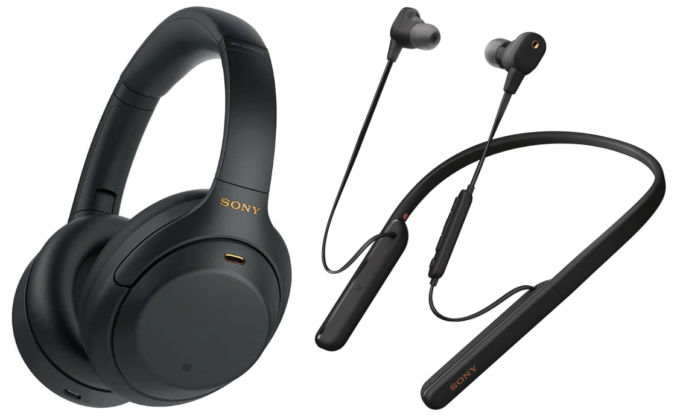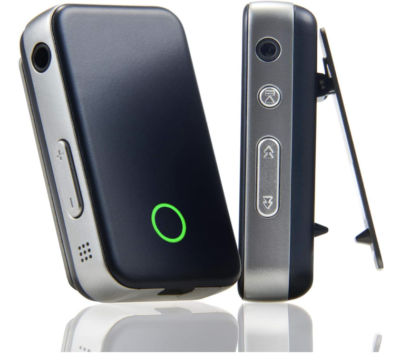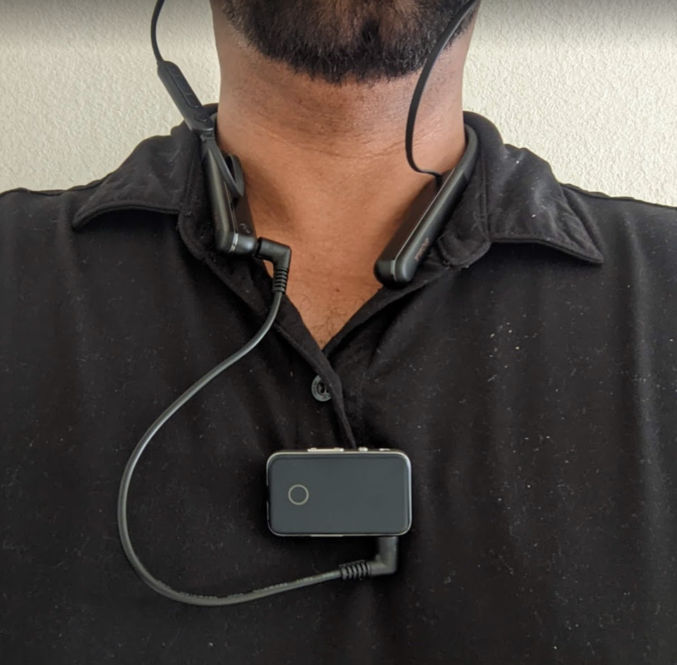There are at least 3 major things that affect music audio quality:
- Speakers
- Audio source, e.g. mp3 file, FLAC file, etc
- Digital-to-Analog Converter (DAC)
Some people may argue that transmitting audio over Bluetooth degrades sound quality, but the reality is the difference is so small that it’s negligible.
Speakers
Needless to say, quality speakers are necessary to hear music at a higher quality. Don’t expect to hear quality audio from cheap $10 earphones. Since I’m not an audiophile and I’m not interested in spending thousands of dollars just for speakers, I just have what I guess are prosumer speakers. Specifically, I have:
- Sony WH-1000XM4 Wireless Noise Canceling Overhead Headphones ($348)
- Sony WI-1000XM2 Noise Canceling Wireless Behind-Neck in Ear Headset/Headphones ($300)

And since it makes no sense to buy them at full price, I buy them renewed on Amazon for a big discount because even renewed, they look and function exactly like they are brand new.
The WH-1000XM4 has a better sound stage, but it’s bulkier and leaks audio a lot. Also, it’s not great for working out because I feel it moves around too much and gets in the way of my workout. The WI-1000XM2 is compact, doesn’t leak audio, and can easily rest on my neck when not in use. The problem is when listening to music on my phone, the volume is often not high enough, especially when at the gym or when traveling by plane. This is where having an amplifier (amp) takes care of volume issues.
Audio source
I’ve dabbled with lossless FLAC files, but when compared to high-bitrate mp3 files, I personally can’t notice a big enough improvement to justify the cost and huge file size. I’m okay with mp3s as long as the bitrate is high enough. I normally just buy mp3s from Amazon Music. Don’t expect to hear quality audio from low-bitrate mp3s, though. The compression is too lossy.
Digital-to-Analog Converter (DAC)
Chances are you probably listen to music from your phone and sometimes from your laptop like me. The problem is the converters in them that convert digital audio signals to analog signals are likely of low quality. I have the Google Pixel 4a 5G smartphone. It’s a mid-range phone. But even if you have a high-end phone, the digital-to-analog converter (DAC) is most likely not as good as a dedicated DAC. Fortunately, there are small Bluetooth DACs that are lightweight and can clip onto your shirt. I tested the EarStudio ES100 MK 2 ($60 renewed, $80 new on Amazon).

When comparing the audio quality with and without this DAC, it’s clear that the DAC makes a decent, if not big, difference, depending on the song I’m listening to. The DAC is also an amplifier and can increase the volume to levels higher than I’d ever need it to be. It didn’t come with an aux cable, so I bought a short 4-inch one. The setup might seem complex, but it’s not that bad, especially if you’re just sitting for a long time, like on a long flight.

Instead of pairing your head/earphones to your audio source (phone, laptop, etc), you pair the DAC to it.
Though it has volume controls, I find it easier to adjust the volume from the phone app. It’s recommended to set the source volume (phone or laptop volume) to max and to adjust the analog (DAC) volume. The app has a lot of options and clear explanations, but I find the default settings to be sufficient.




